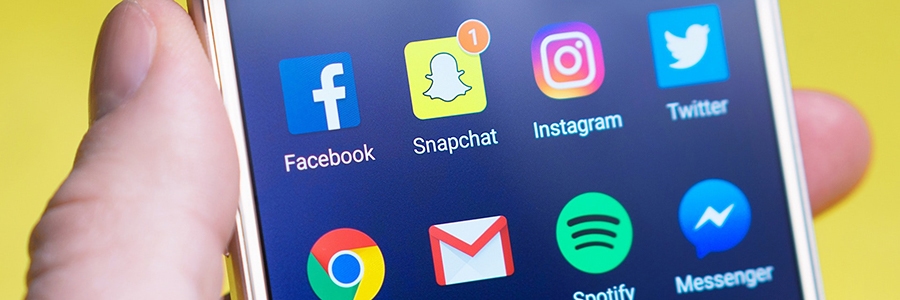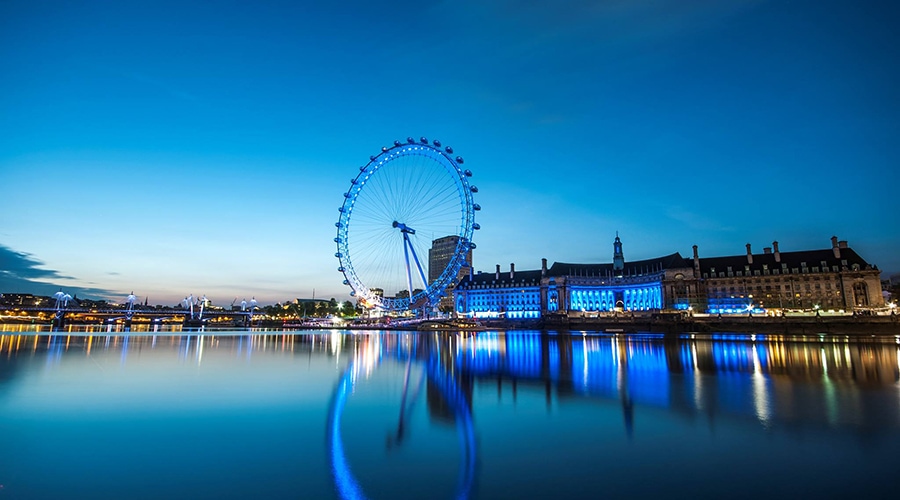What is social hub? How your business can benefit from one?

What is a Social Hub?
If you’ve never heard of a social hub before then you’re in for a treat. That’s because used correctly they can be one of the most powerful options you have available to you in your marketing toolkit. Here’s why.Social hub definition
A social hub (also called a social media hub) is essentially a social media aggregation tool. It brings in content from different social networks and displays it in a single place. Because of this, it’s a popular choice amongst brands that are using social media campaigns to encourage the submission of user generated content.
There are several reasons for this. In general it can be difficult for brands to keep track of posted content across multiple social networks. Checking hashtags across Instagram, Twitter, Facebook and more can take a lot of time. Even if you find that content it can be difficult to display it to people.
That’s where social hubs come in. Many of them allow brands to moderate posts before publishing them. They also provide native functionality for the social networking sites they support. For example, if your followers visit a social hub on a microsite and view a Twitter post, they may be able to favourite, retweet and reply to any posts they see without leaving the site.
Social hub advantages
- Social hubs have a whole heap of advantages, from the fact that they make it easier for brands to manage their social networking presence over multiple sites to the way that they boost engagement and encourage cross-pollination. For example, a Twitter follower might arrive on your hub and then end-up following you on Instagram, Facebook and YouTube.
- So far, we’ve mostly talked about embedding a social hub on a microsite. But they can also come in handy at real-world events such as panel discussions or awards ceremonies. That’s because they allow you to display aggregated content in real-time, effectively allowing two conversations to take place at once.
- But of course, the most obvious benefits of using a social hub come in the form of their effects on your bottom line. In fact, social media content can lead to a 300% increase in dwell-time on your website. It can boost conversion rates amongst shoppers by 90% and lead to a 50% lift in engagement for your social media campaigns.
6 Great social hub examples
1. Samsung Social Hub

2. Rockstar Social Hub
Rockstar Games developed their social hub to allow people who play their games to connect online and to share gameplay footage. Another reason was to read and comment on the company’s latest news and even to take part in online events. The company calls it their “Social Club”. It includes functionality within thirteen of their games, effectively allowing fans to continue their experience outside of the game.3. Social hub Xbox 360

4. University of Oxford

5. The London Eye

6. Kioski
This Finnish media company used a social hub app to revolutionise their approach to journalism. Instead of publishing content on their website and using social media to drive people back to the site, they publish content on social media and use their website to highlight it. The result is a unique take on journalism that relies on a social hub to make it happen. There aren’t many better examples of a social hub than this!Getting started with a social media marketing hub
Now that you know everything you need to know about social hubs, it’s time for you to go ahead and get started. Fortunately, it’s easier than ever to create a social hub and to embed it into your website, whether you’re using WordPress or whether you’re using some other CMS.
Most social hubs offer similar functionality, but Miappi is one of the few social hub tools that’s specifically designed to take advantage of high quality user-generated content to increase engagement and to boost conversions. Other tools look good. Miappi is here to revolutionise your business.
Regardless of which specific tool you decide to use, a social hub makes a lot of sense if you want to add an extra dimension to your website and to give people a reason to stick around and engage with your brand. And now you’re ready to go ahead and get started. Good luck.



